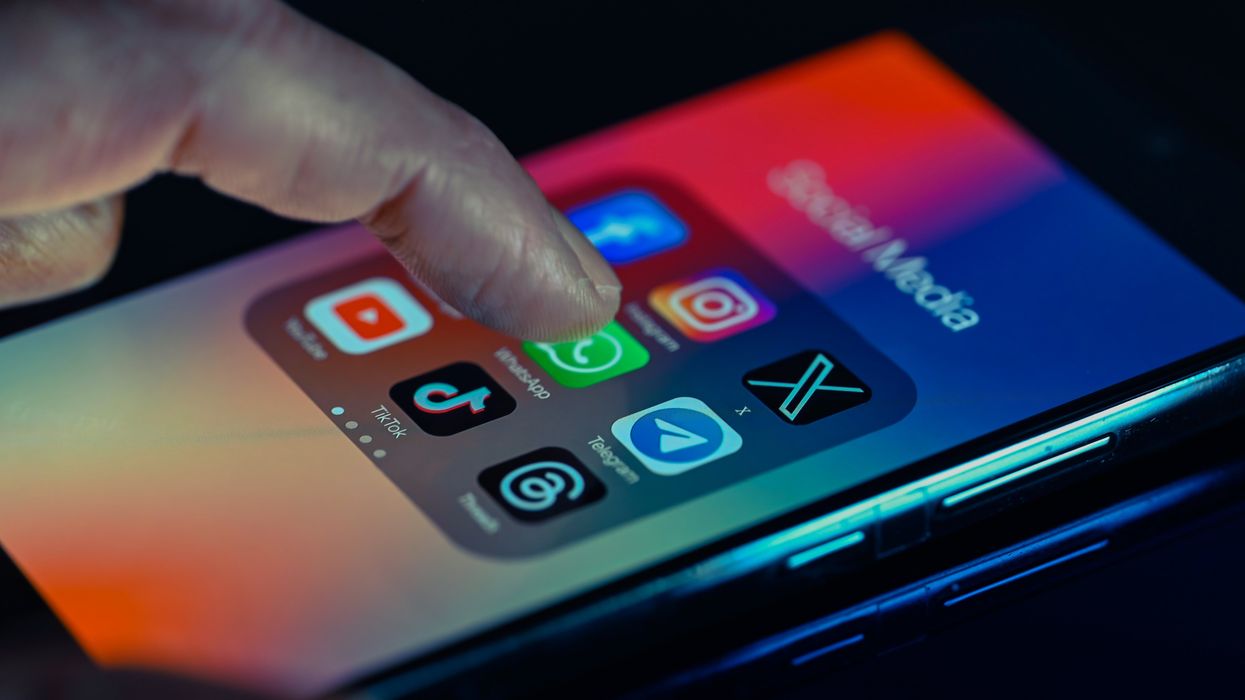As 2022 draws to a close, The Fulcrum has invited leaders of democracy reform organizations to share their hopes and plans for the coming year. This is the fifth in the series.
Nevins is co-publisher of The Fulcrum and co-founder and board chairman of the Bridge Alliance Education Fund.
As we approach the end of 2022, I reflect on my journey that started 10 years ago to repair the political culture and political processes in our country. As I reflect, I realize how much has changed during that decade, unfortunately not for the best.
Ten years ago, I spoke at public events about the need for civil political discourse and a problem-solving approach to governance. In 2012, the unbridled lack of civility, crippling partisanship and dysfunctional gridlock that were preventing our country from solving the serious problems we were facing on a daily basis was top of mind for me.
Those problems of course still exist today and are certainly an important component of the work I do through The Bridge Alliance, The Fulcrum, and Citizen Connect but something else has changed dramatically. Today, almost two years after the Jan. 6, 2021, attack on our democracy, I am now also focused on the need to protect and defend democracy to ensure its survival. And I’m not alone.
This is a major shift in thinking.
As recently reported in The Fulcrum, While partisan divides may keep Americans from agreeing on much, post-election polling by Georgetown University found that three-quarters of Americans agree that "democracy is under attack.”
While we agree that our democracy is under attack, the extent of the divide is so great that we can’t even agree as to the root causes. If we can’t agree on the causes, finding a solution to the threat becomes yet another unsolvable problem that is the result of our nation's partisan divide. For example, many more Democrats than Republicans are worried about election deniers threatening democracy while Republicans think voter fraud and the impact of “woke culture'' are the greatest threats to our democracy. Each claims the other is invoking authoritarian measures through election-rigging, infringement of free speech and abandoning the U.S. Constitution.
The impact of social media in the last 10 years is one of the greatest threats that must be addressed. The extent in which social media encourages division, facilitates confirmation bias and weakens the institutions needed to uphold our democracy is increasing at an alarming rate. Social psychologist Jonathan Haidt lays out the case eloquently in his writing in The Atlantic titled, “ Why the Past 10 Years of American Life Have Been Uniquely Stupid.” Haidt is clear as to the impact of social media upon our democracy:
A mean tweet doesn’t kill anyone; it is an attempt to shame or punish someone publicly while broadcasting one’s own virtue, brilliance, or tribal loyalties. It’s more a dart than a bullet, causing pain but no fatalities. Even so, from 2009 to 2012, Facebook and Twitter passed out roughly a billion dart guns globally. We’ve been shooting one another ever since.
While the right has thrived on conspiracy-mongering and misinformation, the left has turned punitive. He continues:
When everyone was issued a dart gun in the early 2010s, many left-leaning institutions began shooting themselves in the brain. And, unfortunately, those were the brains that inform, instruct, and entertain most of the country.
Haidt’s prevailing metaphor of thoroughgoing fragmentation is the story of the Tower of Babel: The rise of social media has “unwittingly dissolved the mortar of trust, belief in institutions, and shared stories that had held a large and diverse secular democracy together.”
While it is tempting to just give up given the complexities of the problem facing our democracy, my belief in the ability of We, the People, drives me to work with others to find a better way.
We must create a new vision of what democracy is that includes a robust role for citizens.
I recently was inspired by a project titled, “Imagining Better Futures For American Democracy.” It was “born of a desire to gain succor and inspiration from those within and outside the democracy space who not only aren’t giving up, but instead are moving beyond critique and reaction to creation, who are inspiring those around them, generating abundant visions of better futures ahead, and laying the groundwork for achieving them.”
This is the role of Bridge Alliance, The Fulcrum and Citizen Connect. A place where people come to meet, talk and act into our future, to engage citizens and empower democracy. We lay the groundwork, along with others we know and have yet to meet, for the citizens of the United States so we can reclaim our rightful place of power and set our nation on the course towards a future we co-create.
And so I look to the future with hesitation but with hope – the hope as stated in the Better Futures report: A community “will emerge with a wide range of civil society actors who want to become part of a burgeoning positive visioning community – one capable of mobilizing and engaging growing numbers of people to realize better futures, including a robust, effective and healthy democracy.
I end with this inspiring song of democracy that hopefully will inspire you as well – well worth two and a half minutes to remind us what we have and what we could become.
"Democracy (Reprise)" from SOFT POWER | The Public Theaterwww.youtube.com




















 Despite signing a mortgage that pledged he would live in each house, Trump listed both homes as rentals. Palm Beach Daily News via Newspapers.com. Redactions by ProPublica.
Despite signing a mortgage that pledged he would live in each house, Trump listed both homes as rentals. Palm Beach Daily News via Newspapers.com. Redactions by ProPublica.
 In 1993, Trump signed a mortgage for a “Bermuda style” home in Palm Beach, pledging that it would be his principal residence. Just seven weeks later, he got another mortgage for a seven-bedroom, marble-floored neighboring property and attested that it too would be his principal residence. Obtained by ProPublica
In 1993, Trump signed a mortgage for a “Bermuda style” home in Palm Beach, pledging that it would be his principal residence. Just seven weeks later, he got another mortgage for a seven-bedroom, marble-floored neighboring property and attested that it too would be his principal residence. Obtained by ProPublica
